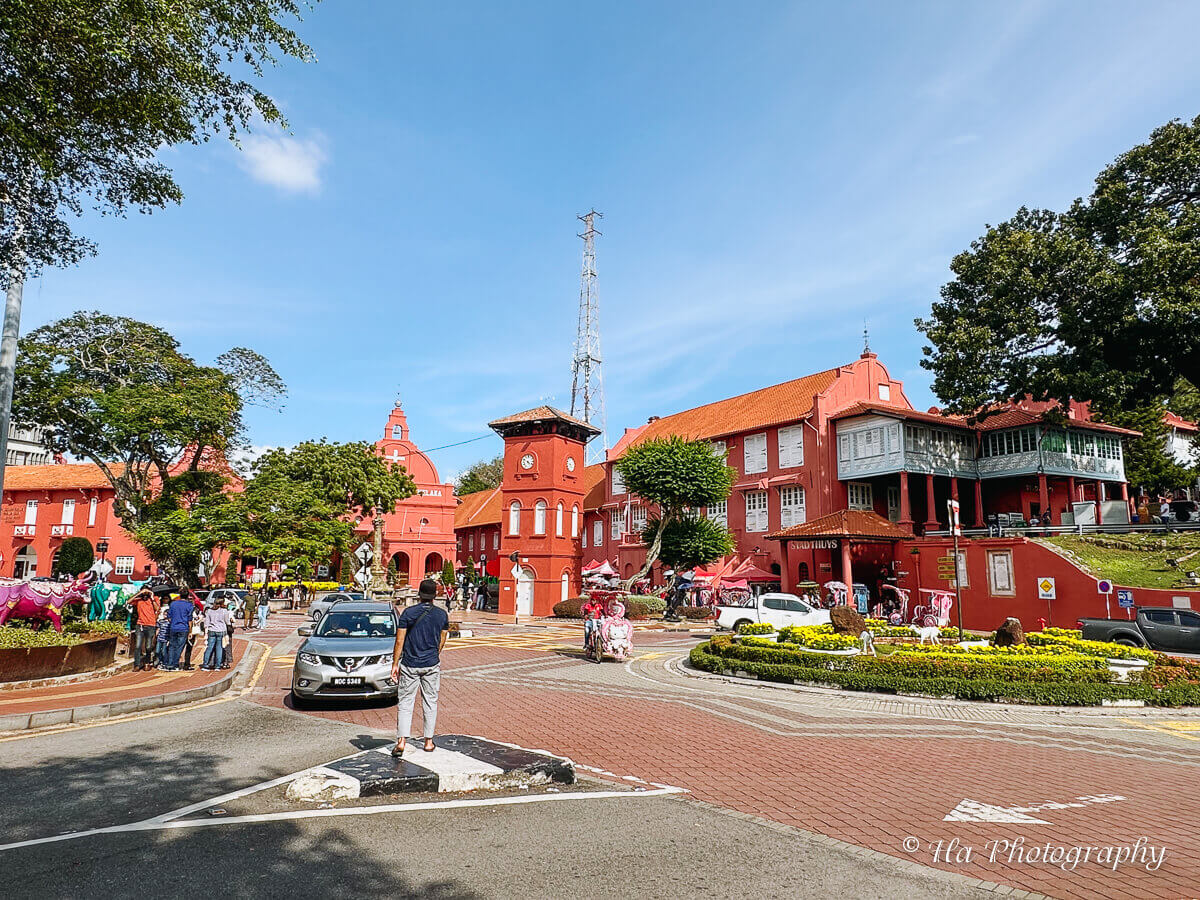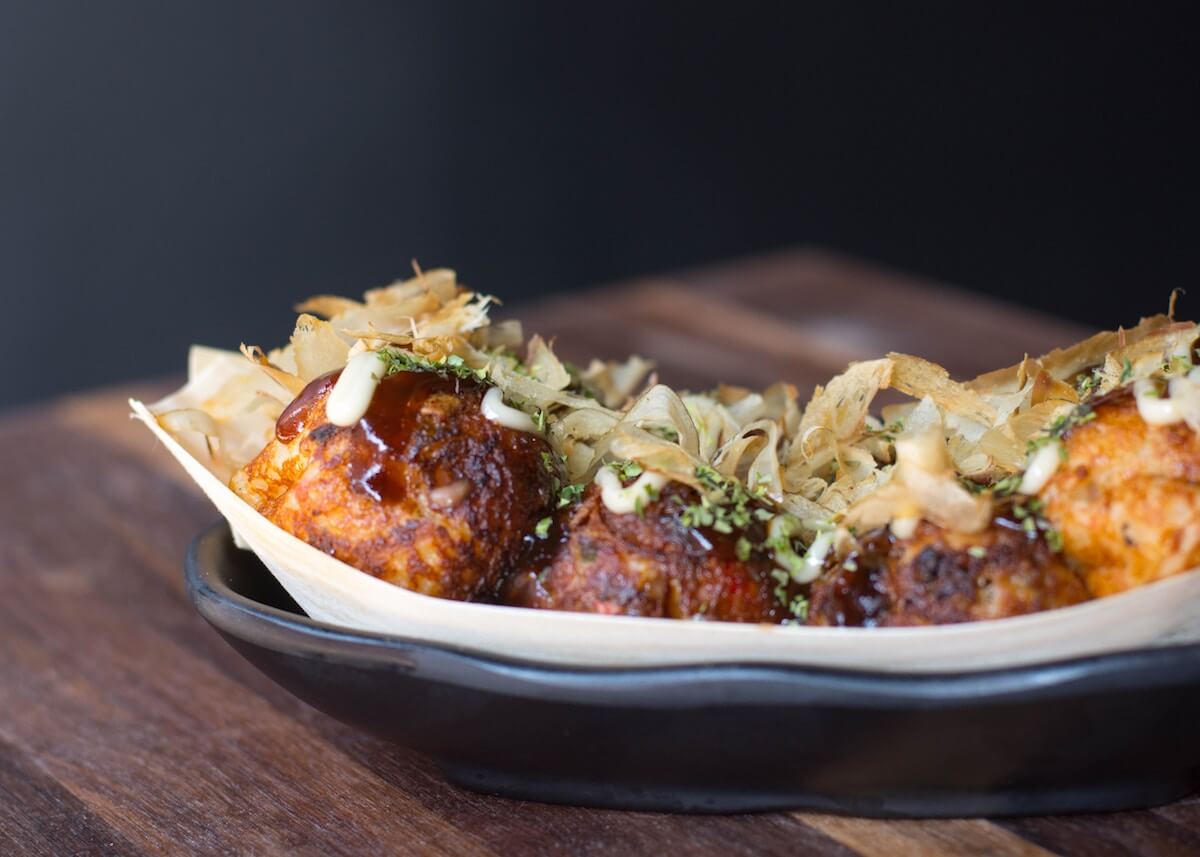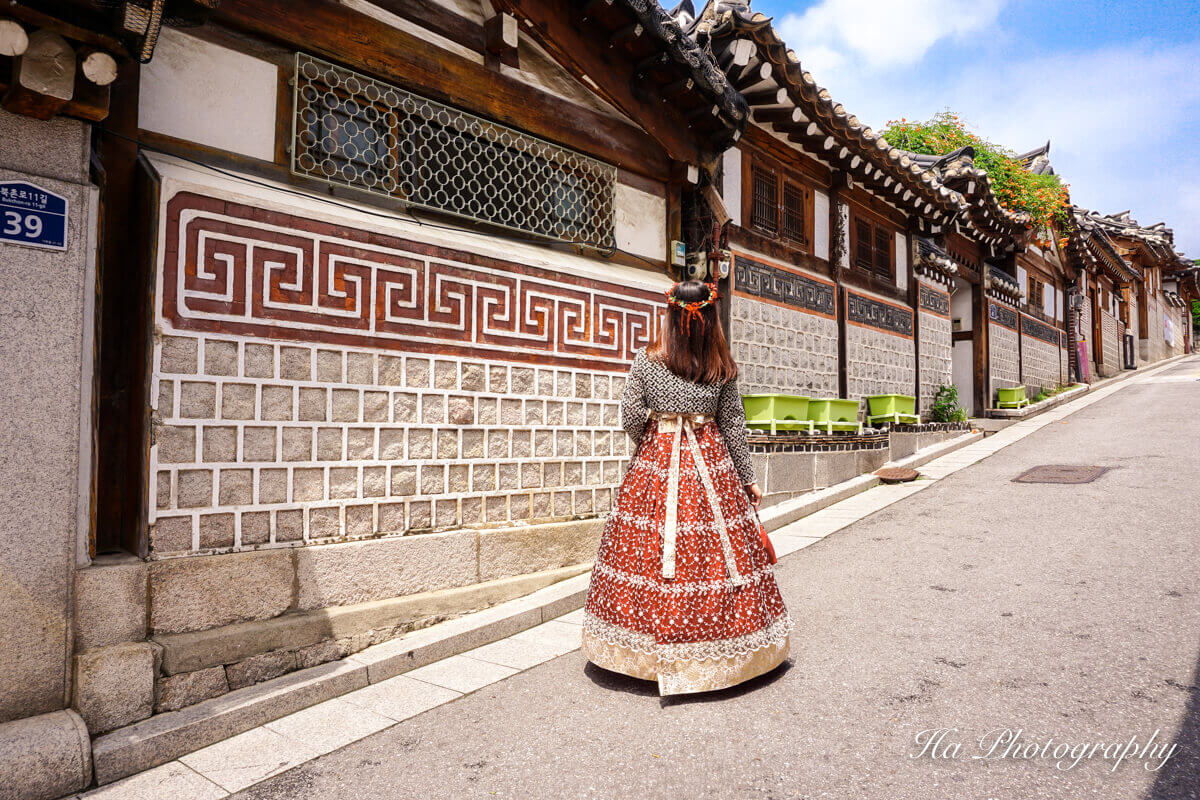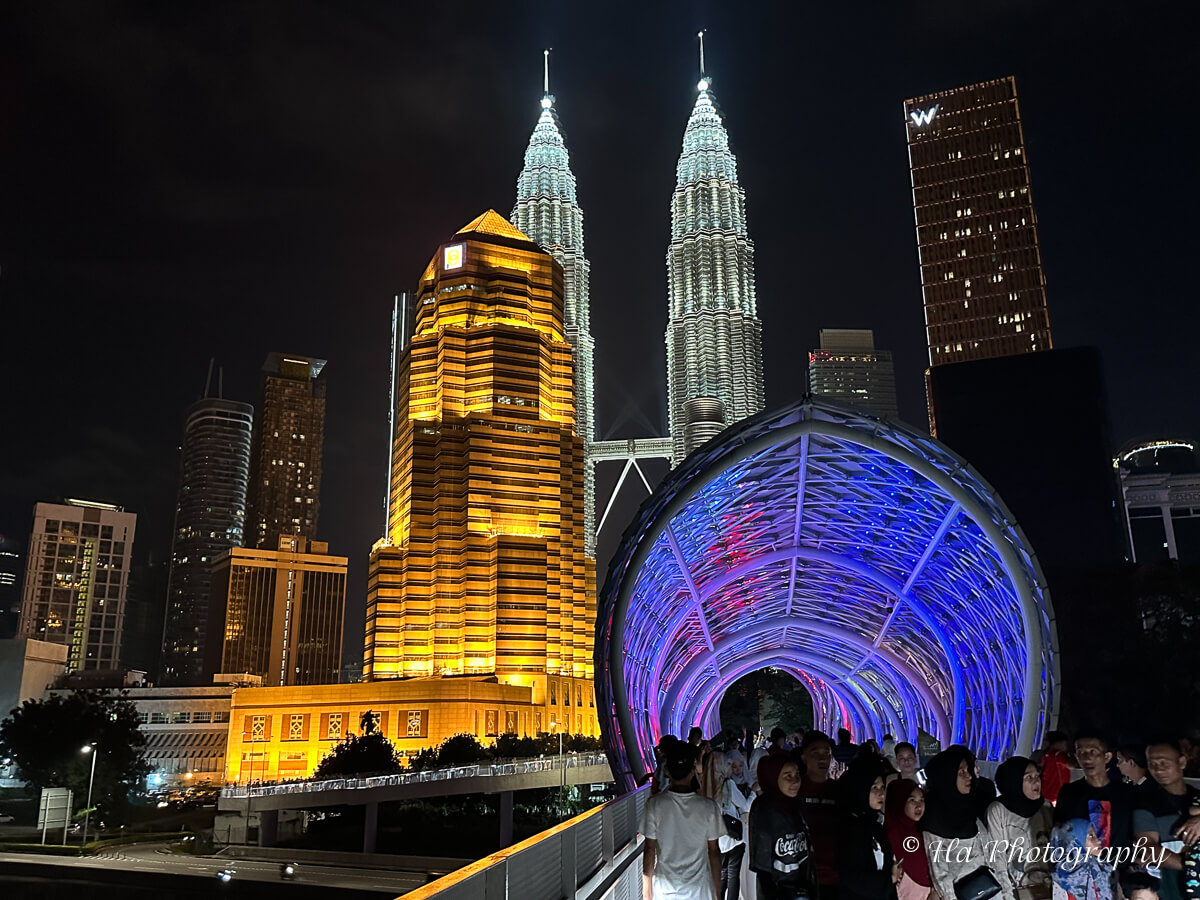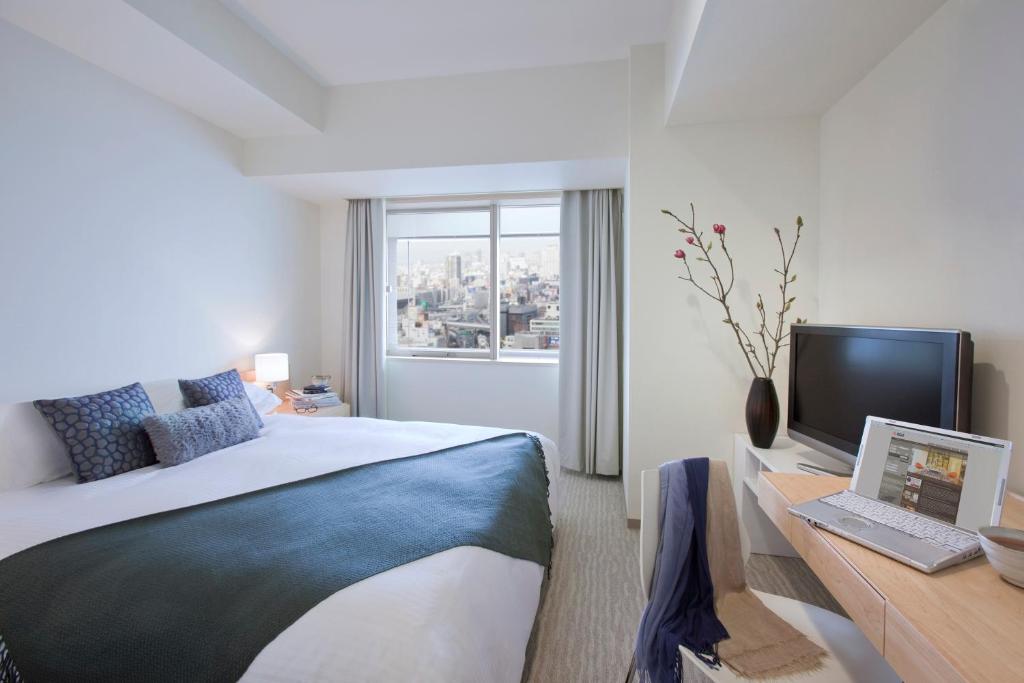When is the best time to visit Japan?
Japan, the land of the rising sun, is famous for its beautiful natural scenery, ancient architectural works, and unique cultures and cuisine.
When is the best time to visit Japan?
This article includes climate in Japan, seasons’ differences, the best months to visit Japan, and things you should not miss.
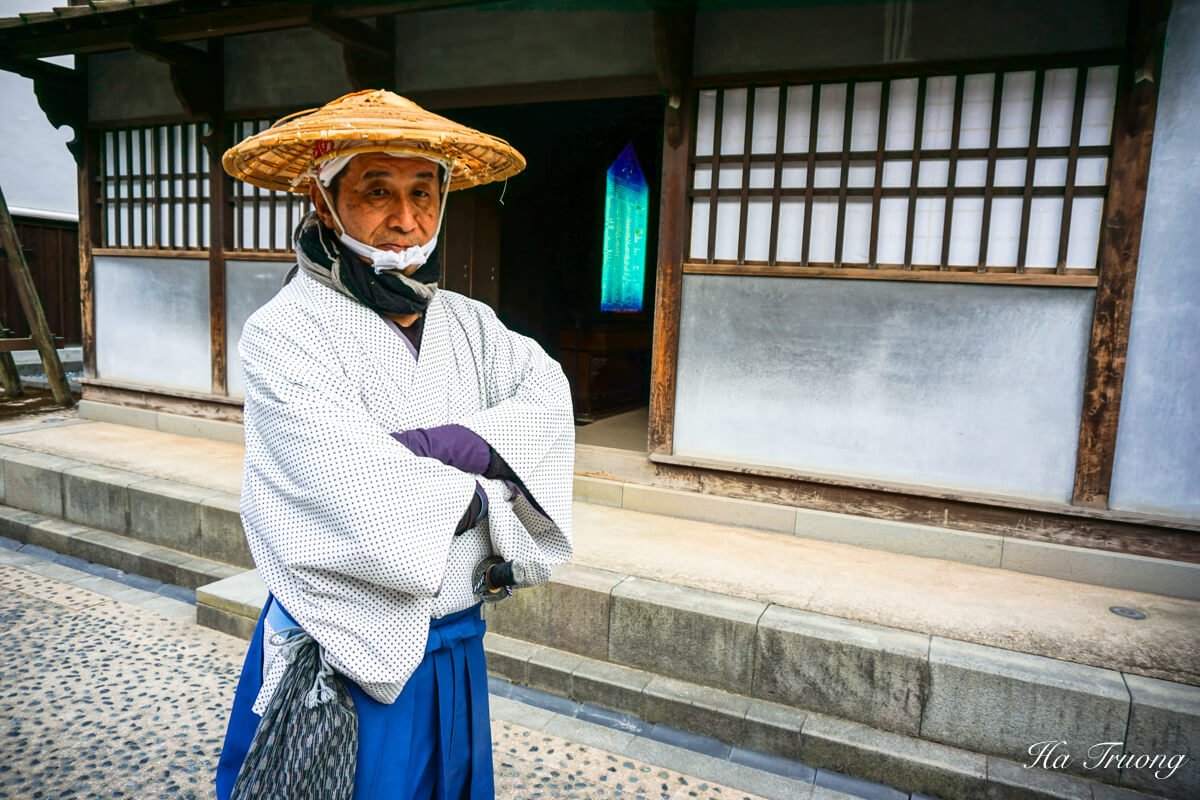
Climate & Weather In Japan
Japan has more than 3,000 islands stretching along the Pacific Ocean.
About 70% -80% of Japan is mountainous, geographically unsuitable for agriculture, industry, and residence. Yet, Japan is the 30th most populous country in the world.
There are four distinct seasons: Spring, Summer, Autumn, and Winter.
- Spring: from March to May
- Summer: from June to August
- Fall: from September to November
- Winter: from December to February
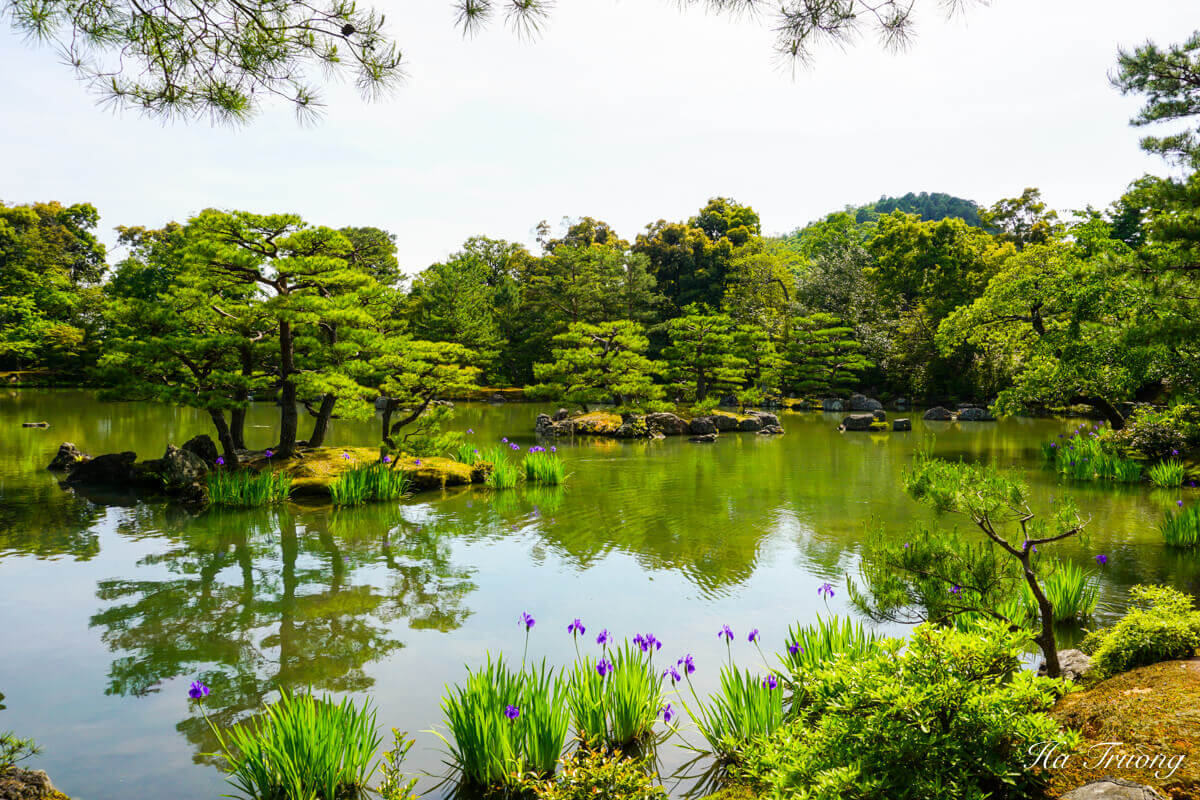
Japan has a temperate climate but varies from north to south. The geographic characteristics of Japan can be divided into six major climatic regions:
- Southwest Islands: The Ryukyu Islands have a subtropical climate with warm winters and hot summers. In this area, the rain is quite heavy, especially in the rainy season. There are also storms but not too serious.
- Pacific Ocean: The east coast has cold winters with little snow, and summers are hot and humid due to the southwest monsoon.
- Seto Inland Sea: The climate is cool all year, thanks to the Chūgoku and Shikoku mountains that shield the region from monsoon winds. This is also a region with a relatively pleasant climate in Japan.
- Central Highlands: Average rainfall and the climate has a big difference between midday and night.
- Sea of Japan: on the west coast of Honshū Island ‘, the northwest wind in winter brings heavy snow. In the summer, this area is cooler than the Pacific region, but it also experiences very hot weather due to the wind.
- Hokkaido: The rainfall here is not dense, but the islands are often flooded by large snow piles in the winter, bringing a mild climate with long and cold winters, cool summers.

The temperature in Japan
The temperature of Japan in summer and winter differs by up to 30 degrees.
In summer, the temperature and humidity are pretty high. In early summer, except for Hokkaido, there is a lot of rain from June to mid-October.
Also, in spring and autumn, the climate is enjoyable and comfortable, but the weather in Japan often changes.
Japan sees quite a lot of snow in the winter.
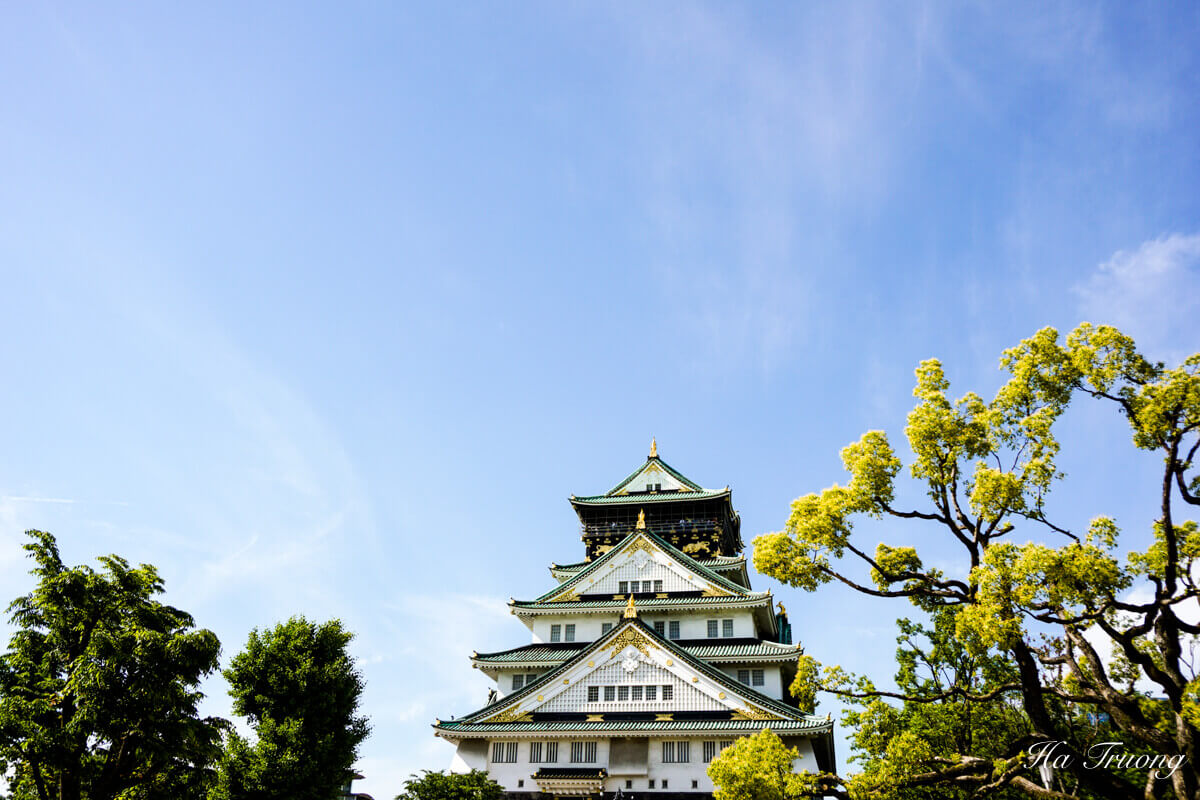
Best time to visit Japan
The best time to visit Japan is spring and autumn.
You should visit Japan from the second half of March to the first half of April to see the blooming cherry blossoms.
Also, from late October to the second half of November is great to see the changes in the leaves colors.

Things to do in Japan all year
A. Spring in Japan
The spring of Japan is about three months, usually from March to May.
Although it is spring, during the first period, there is still snow and has cold weather.
The weather is more pleasant from mid-spring to late spring, with more sunny days.
Spring in Japan is famous for watching cherry blossoms. You can find cherry blossoms everywhere in Japan, especially along rivers, parks, or canals.
Cherry blossoms usually bloom from late March to mid-April in the year.
The blooming time of cherry blossoms is usually very short and varies from year to year, so don’t forget to check it in advance.
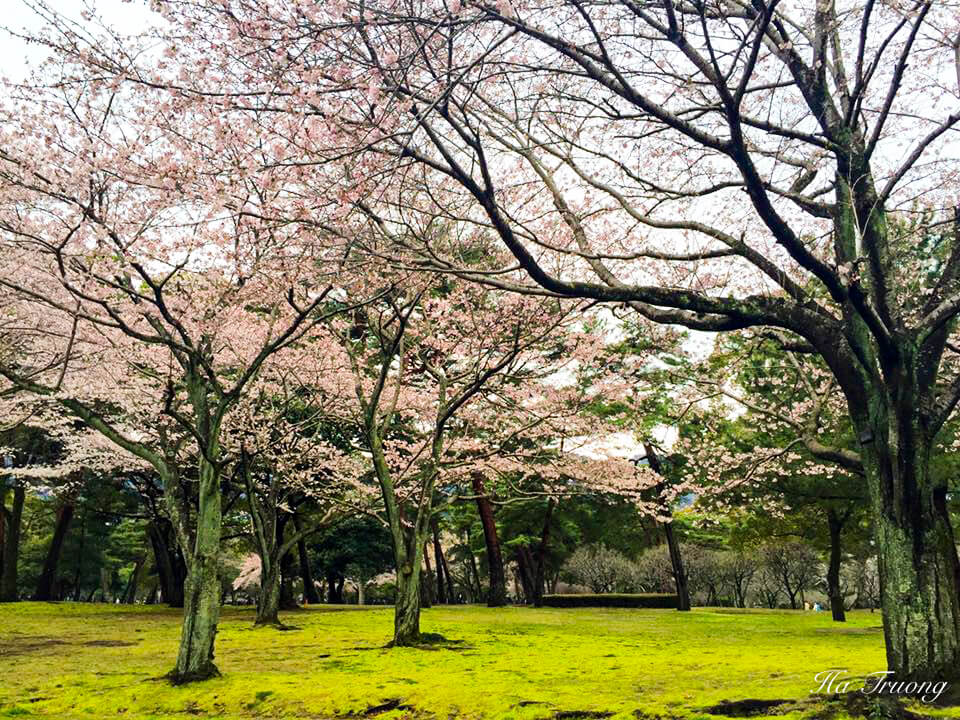
B. Summer in Japan
The temperature in Japan in the summer is usually up to 30°C – 40°C.
Due to the hot weather, the beaches are the best choice when visiting Japan.
In addition to the beaches to escape from the heat,
Summer in Japan is considered the season of festivals (matsuri) and fireworks (Hanabi) across the country.
Festivals in Japan are very vibrant and attractive, bearing each town’s long-standing culture and history.

You can see folk dance at festivals, enjoy traditional food, buy souvenirs, and wear Yukata.
Summer fireworks are usually displayed at these festivals. Unfortunately, it’s often crowded before the firework time, so don’t forget to be there 1 – 2 hours in advance, buying food and enjoying impressive shows.
C. Autumn in Japan
Visiting Japan in the autumn, you can admire the streets lined with brilliant red leaves, creating beautiful scenery.
This is also the Momiji red leaf season (when the leaves turn yellow and red) around October to early November.
The leaves usually turn red from the north then south: In Hokkaido from early September to early November, in Touhoku (Northeast) from late September to early November, in Kantou (Tokyo) in late September – early December (early December: only a few places), Kansai region: late October – early December, southern Japan: late October – late November.

D. Winter in Japan
Winter in Japan lasts from early December to the end of February.
This is the coldest season in Japan, with frequent snow and white snow, but the climate is relatively mild and dry.

Exciting experience when traveling to Japan in the winter
1. Skiing
This activity takes place annually in the winter, mainly in the northern provinces of Japan.
2. Joining winter festivals
Winter is also the time of many festive activities in Japan. Don’t miss the Sapporo Snow Festival held in Hokkaido, starting around February every year.
3. Bathing in the hot springs (onsen)
Visiting Japan in the winter, you can watch the snow and relax in the hot spring to help relieve stress and reduce aches and pains.
